THE ULTIMATE COFFEE GLOSSARY
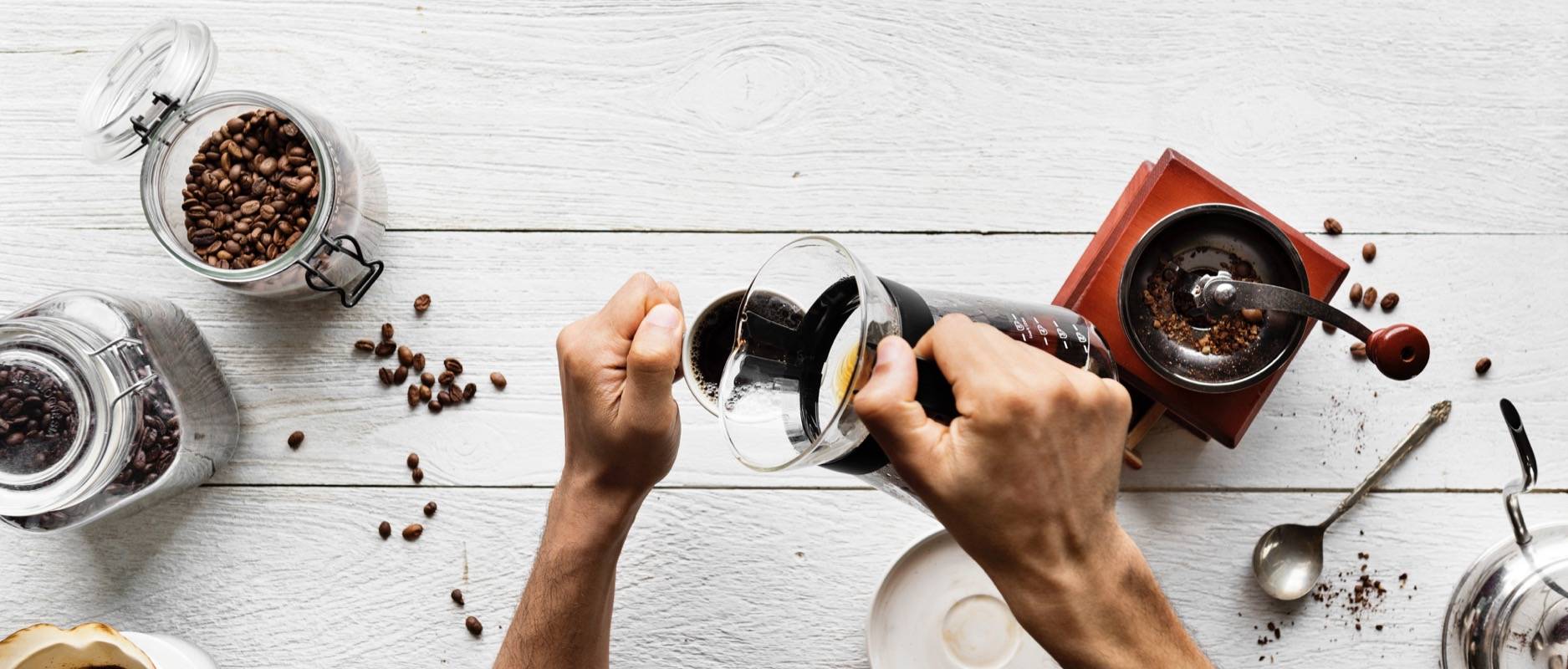
Welcome to the Ultimate Coffee Glossary, here you will find pretty much all of the terms related to coffee and their meanings. If there is one term that you can’t find please let us know in the comments below and we’ll do the research.
(If you are looking for a specific term just Hold Ctrl+F for PC and Command+F on Mac)
1st Wave of Coffee
The first wave of Coffee dates back to the 1800s when this beverage consumption started to grow exponentially, brands such as Folgers and Maxwell House are an example of the forerunners of this wave. Quality was not important as price in this wave. A great innovation in this wave was the Vacuum packing which took the air out of the coffee tins to maintain the freshness of the beans. There was zero knowledge about the origins of the coffee or processes.
The focal point of this wave was to make coffee a widely consumed product, to become a mass market product which could be found in every household. An innovation which marked this first wave was the invention of instant or soluble coffee which made the preparation of coffee a fast and convenient way to make this beverage.
2nd Wave of Coffee
The second wave of Coffee started in the 1970s especially with the birth of the now coffee giant Starbucks which understood that people needed to see coffee as a whole experience rather than just as a beverage. Customers started expressing the desire to know more about the origins of their coffees and the unique roasting styles, thus bringing the start of the specialty coffee era.
The most important characteristic of this wave, is that the coffee experience evolved from just a quick caffeine fix to a point of encounter, thus making coffee shops a point where people went to have social interactions and giving coffee a special place in the social dynamic.
3rd Wave of Coffee
The third wave of Coffee as a term was first used by Trish Rothgeb back in 2002 published in the Roasters Guild Publication defining the three Coffee movements as “waves”. This wave is characterized by a market made up of much more sophisticated coffee consumers, that are interested in having an exceptional cup of coffee rather than just a cup of who-knows-where this came coffee from?
An important feature of this wave is that of the Specialty Coffee which was a turning point on the coffee industry. The quality of the coffee became very important, and with it, a lot of other aspects of the coffee such as the formation and professionality of the barista, the traceability of the coffee beans, micro roasters and fair-trade coffee just to mention a few.
“The third wave is, in many ways, a reaction. It is just as much a reply to bad coffee as it is a movement toward good coffee.” – Trish R. Skeie
Affogato
Traditional Italian drink which consists of a scoop of gelato (ice-cream) and a shot of espresso.
Americano
It’s a type of Coffee drink prepared with a shot of espresso and then diluted with hot water.
Arabica
Coffea Arabica or just Arabica is also known as the Arabian Coffee. This is one of the two main species of Coffee, it is regarded as the one with a rich and complex organoleptic profile and better quality, no wonder why it represents approximately the 60% of the worlds coffee production. Arabica is grown all over the world, in regions such as Africa, Latin America, and Southeast Asia. It is thought to be the first type of Coffee to be cultivated in the world.
SOME 100% ARABICA COFFEE TO TASTE…
Aroma
Aroma is the olfactory aspect of the sensorial analysis coffee. The Aroma of each Coffee is composed by around 800 substances, guess that’s why we love it so much!
The Specialty Coffee Association analyses the aroma of ground coffee beans to judge its grade.
Barista
Barista is a remarkable profession which consists of having the knowledge to prepare the perfect beverage for every customer.
Barista is the great guy or gal that we have to thank for lifting us up in the morning.
Bean
The seed of the coffee cherry is better known as “The Bean” which is later roasted and ground to make that delicious beverage we all love, especially in the mornings.
Bitter
Bitterness on coffee is a characteristic of the flavor which is harsh and not sweet, for example; Dark Roasts are made intentionally to give a bitter taste.
Body
The body of the coffee is intended to explain the texture of the beverage, it ranges from thin, delicate, juicy, syrupy and heavy.
Bloom
The process of pouring a small amount of water to the coffee grounds to prepare the process of extraction saturating and degassing the grounds.
Normally freshly roasted coffee contains CO2 and other kinds of gases for about three weeks, the blooming process is intended for liberating these gases and thus achieving an optimal aroma and flavor.
Brewing Ratio
It is expressed as the ratio of ground coffee mass to water mass used during extraction. It can be expressed with the European standard which is g/l(grams per liter/ e.g. 60g/l for pour-over coffee) or with the American standard 1:x(e.g. 1:16 it’s the same as 60g/l)
Brewing temperature
One of the most important parameters during the extraction phase is the water temperature. It substantially affects the organoleptic characteristics of the coffee cup. Usually, temperatures between 92 ° C and 98 ° C are preferred: low temperatures emphasize the acidity and the fruity scents, while higher temperatures mostly extract the chocolatey and toasted notes up to the bitter. It is possible to precisely control the water temperature by using electric boilers with temperature setting or special thermometers for traditional boilers.
Brewing time
It refers to the period of time in which the water comes in contact with the ground coffee, this is when the extraction happens.
There is an optimal brewing time for every method, check out our brewing guides for more details.
HOW TO CONTROL BREWING TEMPERATURE AND TIME…
Bright
The acidity flavor in coffee is described as bright, it is very common in Central American Coffees such as Guatemala, Colombia, Costa Rica, Kenia, and Ethiopia. This acidity or bright can be tasted at the tip of your tongue.
Briny
Briny is a salty flavor caused by the excessive exposure of Coffee to heat.
Caffeine
Main natural alkaloid present in coffee, responsible for the stimulating and psychoactive effect of this drink. From a sensorial point of view, it gives bitter notes to coffee, which is why the Robusta, which contains more caffeine than Arabica, is characterized by a more marked bitterness. The amount of caffeine contained in the coffee beans varies according to the cultivar, however, the content of this alkaloid extracted in the drink depends substantially on the extraction method and on the contact time between coffee and water.
Cappuccino
A traditional Italian drink made from an espresso shot with foamed milk.
The tradition says that there should be a big patch of milk foam surrounded by a thin brown circle. The Latte Art technique foresees the decoration of the cappuccino with diverse designs obtained thanks to a particular mastery when pouring the foamed milk.
Chemex
The Classic Hour-Glass coffee maker crafted by the german inventor Peter Schlumbohm in 1941. This particular coffee maker brews coffee by the pour-over method and it utilizes paper filters. The resulting cup of coffee is characterized by being very sweet and aromatic.
ALL YOU NEED FOR A FULL CHEMEX EXPERIENCE…
-
CHEMEX CLASSIC FILTERS
CHEMEX -
SIX CUP CLASSIC
CHEMEX
Cherry
The coffee plant produces a fruit which is very similar to a cherry, and inside it contains the bean.
Coffee berry borer
The berry borer is a beetle-like insect native to Africa which is causing a lot of problems to coffee farmers all over the world because it infests the cherries ruining the beans.
Coffee leaf rust – Coffee rust, or “la roya” in Spanish is a fungus that is affecting the coffee plantations in Central and South America, causing the plant to lose its leaves thus rendering the plant unable to produce fruits.
Cold Brew Coffee
Cold brew is basically a type of coffee that instead of being brewed with hot water it is done with cold water at a very slow rate, this method can be drip or immersion. Cold brewed coffee is much less acidic and it is characterized by a particular flavor development. The cold infusion method exalts all the characteristics in the coffee, both positive and negative. this is why it is fundamental to use a high-quality coffee to make sure that the resulting cup is a great one.
Cold Drip Coffee
Cold Drip is an extraction method which consists of leaving cold water dripping over the grounds of the coffee at a slow rate for many hours, resulting in a brew with many different characteristics as those of hot water coffee extraction methods.
ALL YOU NEED TO CHOOSE BETWEEN COLD BREW AND COLD DRIP EXPERIENCE…
Cortado
Cortado literally means “cut” in Spanish, it was born in Argentina and has now become popular all over Latin America, Spain, and Portugal. It’s an espresso with a little dash of milk and can be also prepared with condensed milk.
Crema
The foam that rests on top of an espresso cup, its color ranges from golden to dark-tan.
Cup of excellence
Cup of excellence or (COE) A contest to decide which is the best coffee grown in a particular country. The COE uses the Specialty Coffee Association protocol to grade the coffee. Only coffees with a grade of 90/100 or higher can obtain this qualification. (Approximately 10% of specialty coffee)
Cupping
Also known as the brasilian-tasting method. It is a tasting process utilized by the coffee professionals to test the coffee’s qualities. This tasting method consists of steeping coarsely ground coffee with hot water in shallow bowls, then the tasters sniff the coffee to smell the aroma and proceed to slurp the coffee and move it around their mouths to feel all the flavors.
Current Crop
A term indicating the harvest of the current year emphasizing the freshness of the product. Only these coffees are allowed for the Qualification of Specialty.
Dark Roast
A type of roast that takes a longer time, normally the coffee beans will lose a lot of their properties and become more bitter tasted.
Earthy
A characteristic of some coffees who tend to taste like earth or soil, normally Indonesian coffees have this kind of flavor, but many others do so too.
Espresso
A coffee beverage of Italian origin, normally a very strong which is regularly drunk in small quantities. Traditional espresso has very solid rules: 7 grams of ground coffee to obtain 30 ml of infusion in 25 seconds.
Extraction
The process of drawing the properties of ground coffee with hot or cold water.
Fairtrade
A program intended for the protection of the farmers that certifies that the coffee farmers had been paid a fair price for their coffee.
Filter coffee
A Coffee beverage that distinguishes itself from espresso by containing more water in the brewing ratio, and the absence of the crema. The regular dose is the “mug” (aprox. 235ml) much larger than a 30 ml espresso cup. Filter coffee can be obtained with different methods such as immersion (French press) or pour over (Chemex).
Flat White
An espresso with a high quantity of steamed milk.
French Press
Also known as coffee plunger or caffetierè, is a coffee maker invented by the Italian Ugo Paolini in 1929.
ALL YOU NEED FOR A FULL FRENCH PRESS EXPERIENCE…
-
CHAMBORD FRENCH PRESS
BODUM x ESSENSE
Green Beans
Coffee Beans before the roasting process.
Grind size
In order to correctly extract all of the coffee flavors and the caffeine, coffee beans must be ground. The ground measure varies according to the brewing time and the extraction method and the utilized tools.
Hand picking
A harvesting method which consists of selecting only the mature beans by hand, it guarantees a much higher quality. This is the only accepted method by the Specialty Coffee Association.
History of Coffee
Early evidence says that coffee was first discovered in Ethiopia and then exported to Yemen. If you want to know more you can read our blog post about the History of Coffee.
Immersion
As its name implies immersion is an extraction method which consists of immersing the coffee grounds in water and letting the water extract the flavors and aroma. One well-known immersion coffee maker is the French press, also there’s a cold brew immersion method.
Kopi Luwak
Also known as “World’s most expensive Coffee” is a type of Coffee made with the help of a little cat-like animal named Asian palm civet (Paradoxurus Hermaphroditus) native to southeast Asia. Coffee cherries are eaten and then excreting the partially digested beans, and theoretically, it makes the flavor of the coffee even better. Given the difficulty of finding the civet droppings in the wild, and having to collect them by hand the price is inflated so much that it has been renamed as the most expensive coffee. The problem with this coffee is that because of its high demand, some farmers started caging the animals and feeding them only coffee cherries thus restricting their diet and making them suffer in the process, that’s why many activists have called out companies that sell that coffee and asking the public to not consume this product.
Latte
Latte literally means milk in Italian, and this beverage is made with a shot of espresso and a lot of latte!
Latte Art
The art of decorating coffee drinks with steamed milk, it only serves aesthetical purposes and does not change the flavour whatsoever.
Lungo
An espresso with a longer extraction time, it contains more water so its flavor is less strong than the regular espresso.
Macchiato
Macchiato means stained in Italy, it consists of a shot of espresso topped (stained) with a dab of foamed milk.
Micro-lot
Artisanal coffee that comes from a single farm, regularly of a higher quality than the standard.
Mocha
It is a drink composed of a shot of espresso, chocolate syrup, steamed milk, and sometimes whipped cream.
Moka
The traditional Italian home coffee maker, it was invented by Engineer Alfonso Bialetti in 1933, this classical coffee maker can be found in most Italian households and all over the world.
ALL YOU NEED FOR A FULL MOKA EXPERIENCE…
-
MOKA EXPRESS
Bialetti
Natural/dry processing
It is a process in which the coffee cherries are left to dry under the sun before being pulped and de-hulled. The result is a very sweet coffee compared to the washed process.
Portafilter
The filter basket and handle on an espresso machine.
Pour-over coffee
An extraction method invented in Germany by Melitta Bentz which consists of pouring water in a steady and slowly manner over a filter cone which contains the ground coffee.
ALL YOU NEED FOR A FULL POUR-OVER EXPERIENCE…
-
OCT BREWER 4CUPS
KINTO -
V60 02 FILTERS
HARIO
Puck
The small black disk created when the coffee is compressed in the portafilter, it is called puck because it looks like a hockey puck.
Ristretto
Ristretto means restricted in Italian, it is an espresso pulled short, less water quantity, creating a super-concentrated shot of espresso. To be considered a ristretto it can have a maximum of 20 ml of drink.
Roasting
The process of heating the beans to be able to extract the great flavors of the bean. During the roasting process, the coffee beans tend to lose most of their humidity they then start getting brownish and depending on the roasting time the darker they will get. This process is vital to the development of the flavors that will then be extracted on a cup.
Roast date
The roast date is used to keep an eye on the freshness of the beans, a rule of thumb is that roasted coffee lasts fresh for about 2-3 months, depending on the type of roast and the way it is stored, but if you want to be more precise you should ask your roaster directly how long it stays fresh.
Roasting Degree
Roasting degree refers to how light or dark is the bean after the roasting process, there are many types of roasting such as first crack, city roast, full city, second crack, Vienna, French roast, charcoal, etc..
Roast profile
A roast profile represents the effects of how the airflow and the heat are controlled during the roasting which determines how quickly the beans arrive at a roasting degree.
Robusta
The second of the two main species of coffee, its scientific name is Coffea Canephora and it is characterized by having a smaller and rounder bean. Its organoleptic profile is less rich and complex compared to that of the Arabica. Usually, it is used in mixes intended for espresso because it gives a strong bitter note and a more consistent crema. It has a higher index of caffeine than arabica and because of this motive, it is usually not used for the filter coffee. From a botanical point of view, the Robusta plant is more studier and more productive than its similar Arabica.
Q Grading
Q grading is the process of the coffee being analyzed by professionals called Q graders, whose job is to evaluate the coffee and in that way determine its quality and its market value.
Seasonal coffee
Coffee is an agricultural product with its own seasonality, that varies depending on the producing countries. A seasonal coffee refers to the small/medium production lots. Because its processes are less industrialized and normally a higher quality it means that these beans will not be available all year long. Seasonal coffee is different from commercial coffee because commercial coffee has such great volumes that it can be available all year long.
Semi-washed honey process
This style of processing the coffee which is a mix of the dry processing and the washed
These terms often refer to the same style of processing, where the first stages of the above are followed up until the cherries are pulped. Then, instead of fermenting the coffee in tanks, it is sent to be dried while the mucilage is still intact and stuck to the seeds. As the seeds dry, the mucilage loses a good deal of moisture but can contribute a greater degree of sweetness to the seeds (perhaps because less fermentation is taking place, meaning fewer sugars are being consumed by microorganisms). Once dried, the seeds may be washed to remove the stuck on pulp, or simply proceed to de-hulling. The green coffee seeds may also be dried again to reach the desired moisture content, as drying coffee in this state can take longer than the washed process. This process can also introduce complications that lead to flavor degradation, including mold growth, rot, and pests which are attracted to the sweet-tasting mucilage as it dries in the open air. These coffees must be carefully attended to during drying to properly maintain their flavor.
Single Origin
A type of coffee which is not a blend, to be considered single origin it has to come from only one producing country, sometimes from a specific region or plantation
Syphon
A coffeemaker that utilizes vacuum pressure and a series of containers for brewing the coffee.
Specialty coffee
For a Coffee bean to be qualified as “Specialty” it has to be graded at least 80 points or more out of 100, this grading system was invented by the (SCA: Specialty Coffee Association) and it is used on green beans, so this means that the grading is done with the raw material and it does not account for any post-processes such as roasting.
SOME SPECIALTY COFFEE TO TASTE…
Strip picking
A harvesting method which consists in stripping all the coffee cherries in a branch, usually also the leaves. In this way, the harvest is not homogeneous because alongside the mature cherries there will also be unripe and over mature cherries. This method is usually used for massive plantations with low quality. Strip picking can be done by hand or with mechanical devices made for this purpose.
Tamper
A device that is used to press the ground coffee into the coffee basket to prepare it for extraction.
Terroir
Terroir is a French expression that comes from terre “earth”, it means a well-defined area and the set of all the environmental characteristics that affect a crop or a product. It is also used in other industries such as wine, agave, tomatoes, chocolate, maple syrup, and cannabis. It includes conditions such as type of soil, average temperature, elevation, atmospheric pressure, annual rainfall, amount of sunlight, etc…
Terroir is a very important characteristic when during the Specialty Coffee grading process.
Trigonelline
Another natural alkaloid present in coffee, it is responsible for the diuretic properties of this drink.
Old Crop
A term indicating the harvest of the previous year. This coffee can still be roasted and consumed but its organoleptic profile will be much poorer than a Current Crop.
V60
V60 is Hario’s signature drip brewer, it is name comes from the 60-degree angle of the cone’s profile.
Wet/washed processing
This method involves using water through most of the steps of Coffee processing, and it is considered to be the best method to achieve high-quality coffees.
Learned anything new? Didn’t find the term you were looking for? please leave us a comment below!
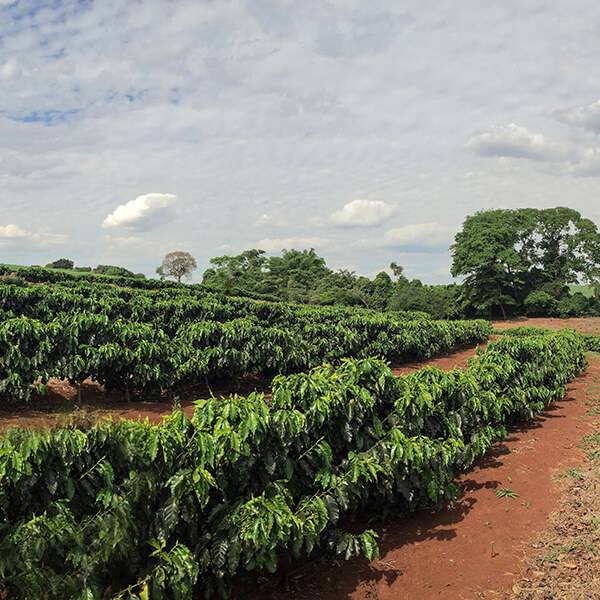

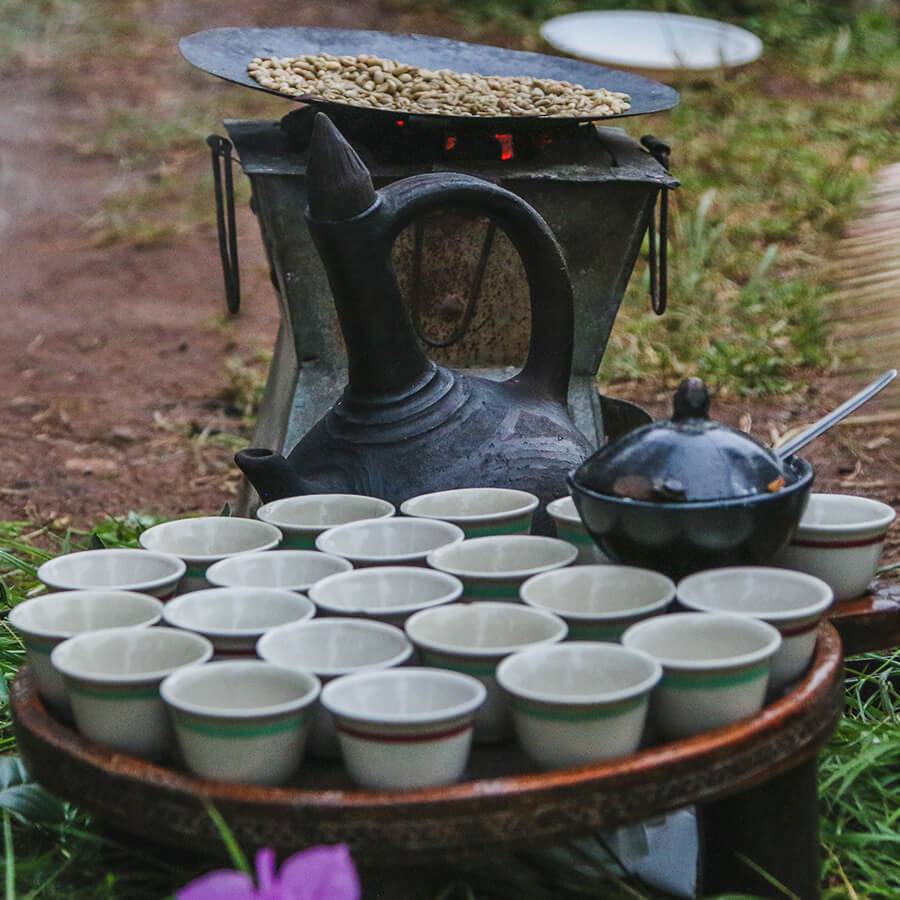


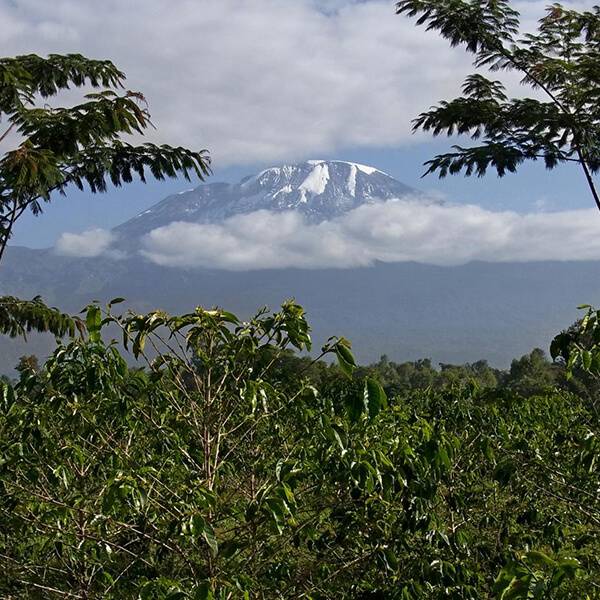
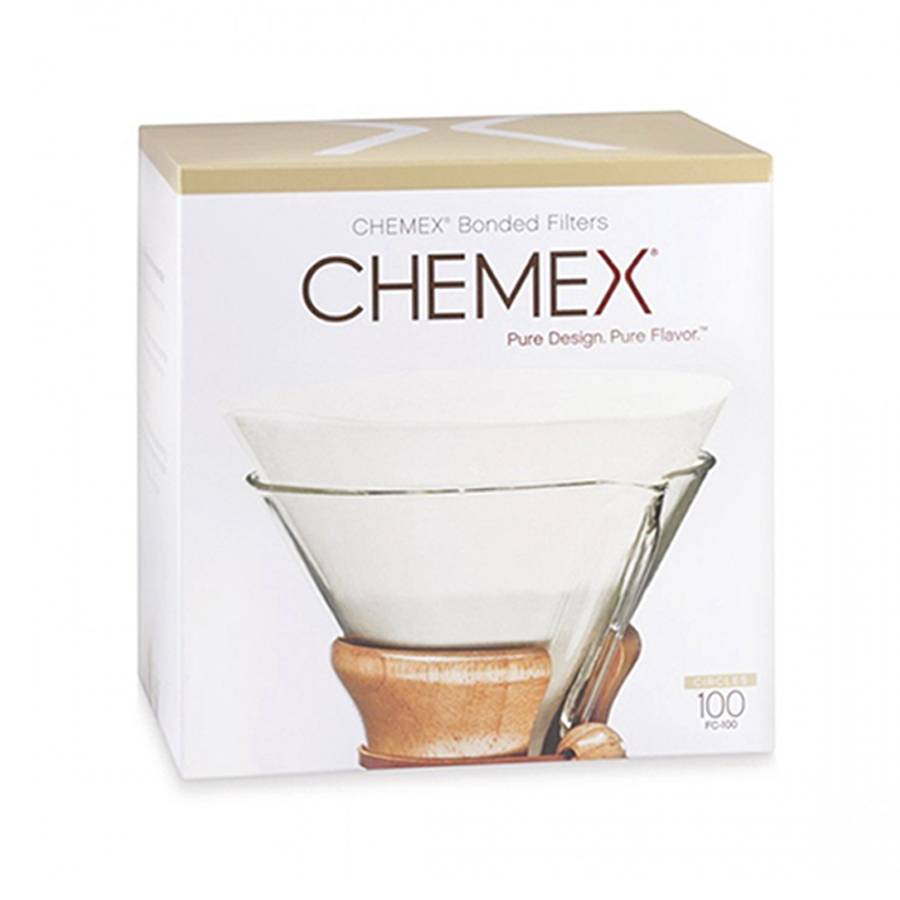
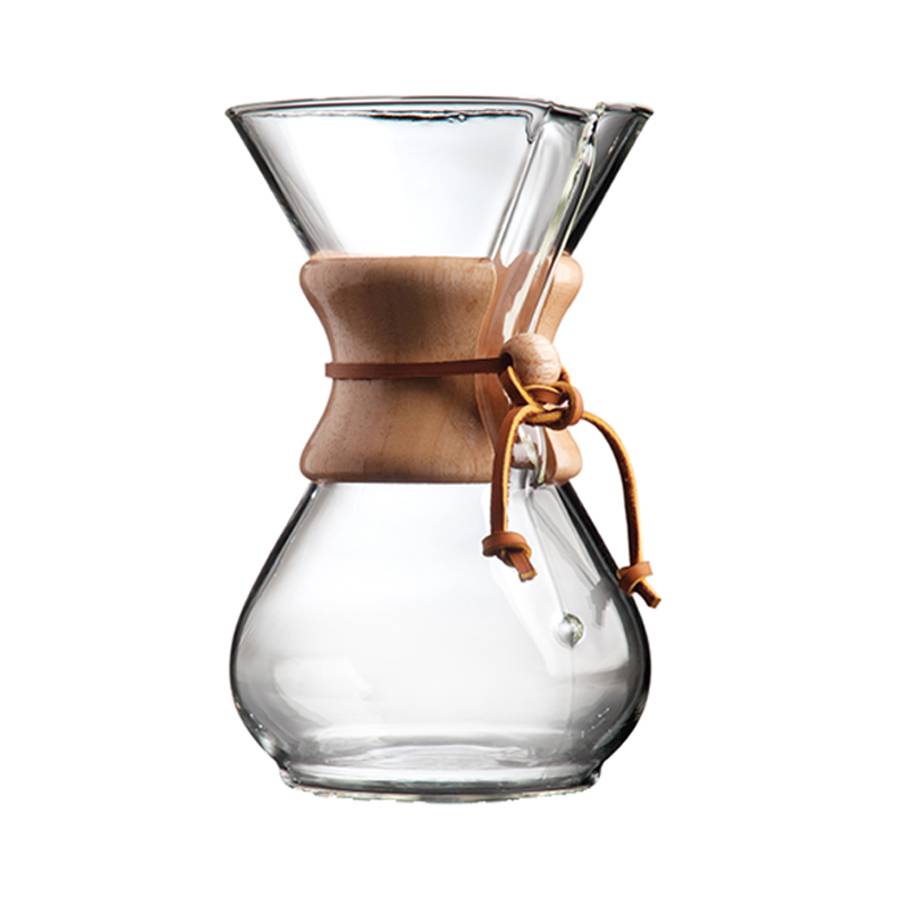
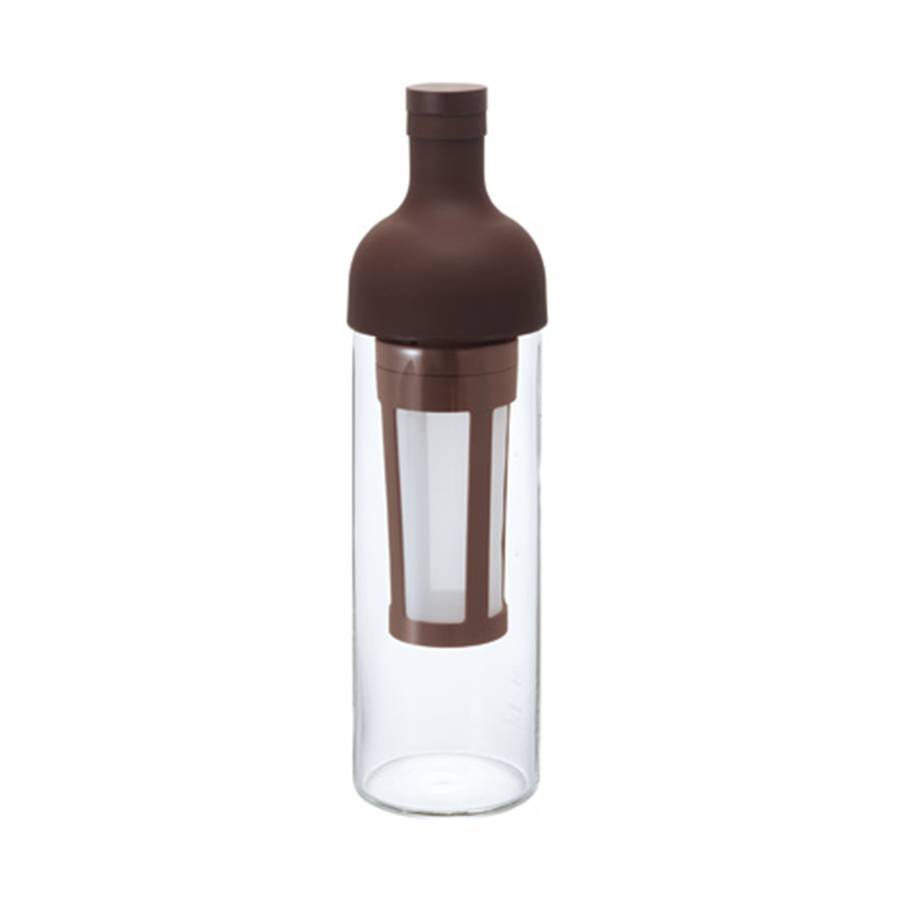
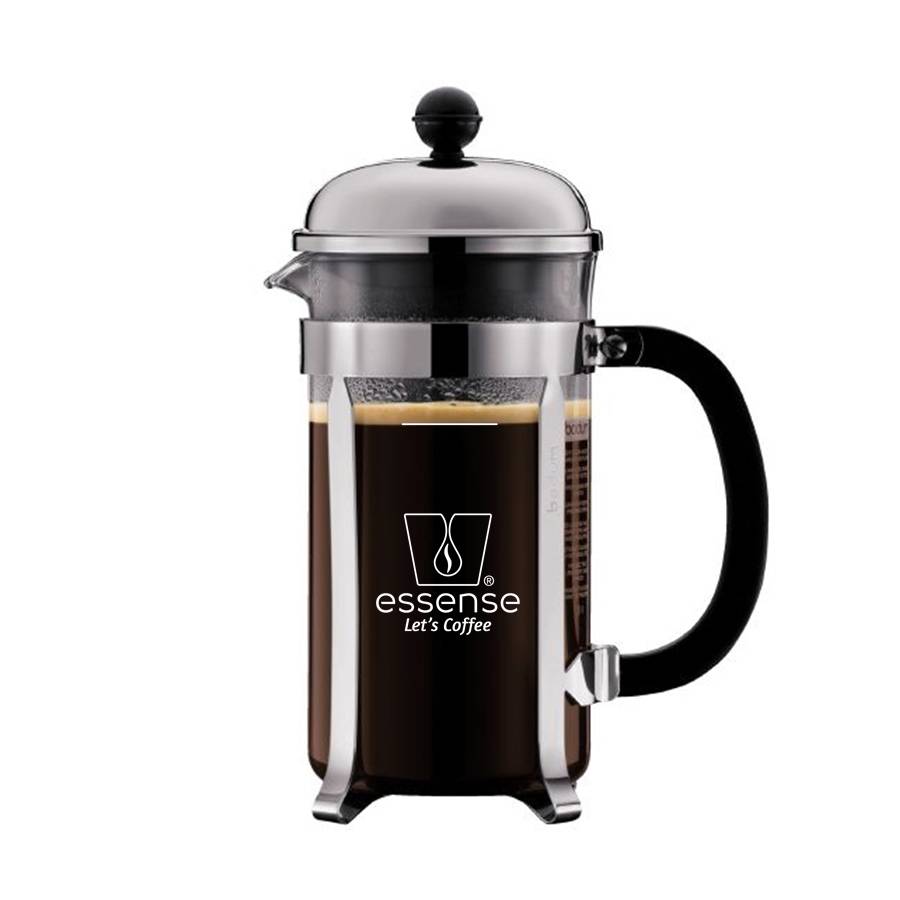
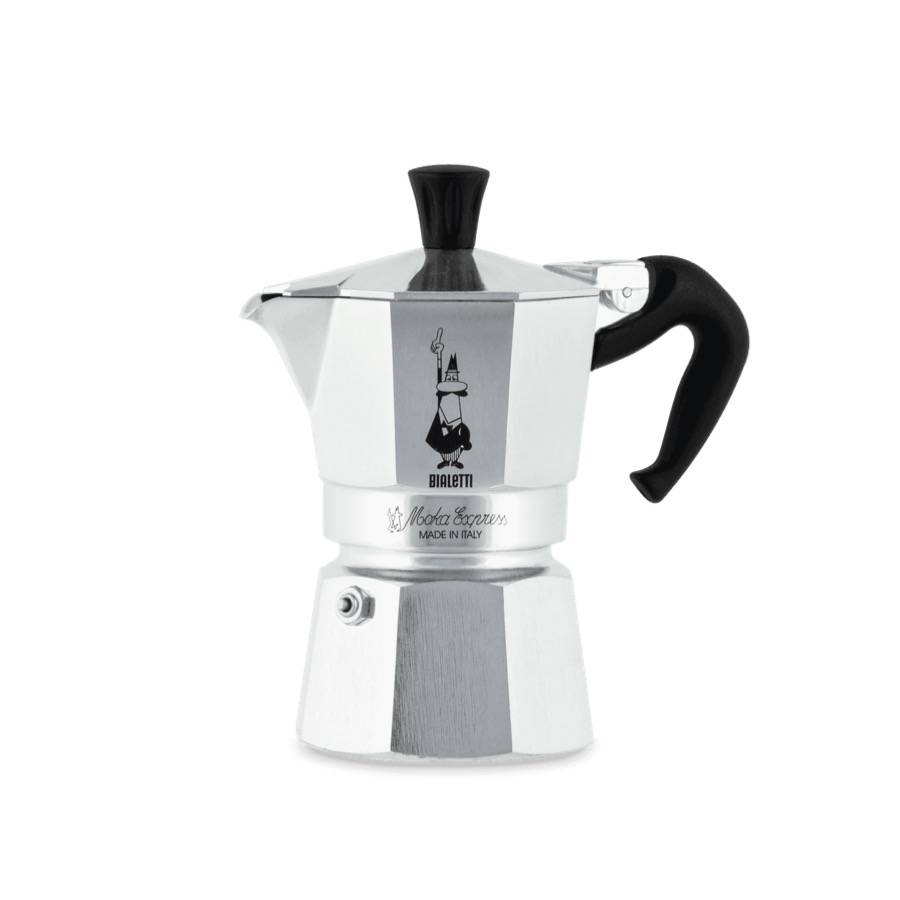
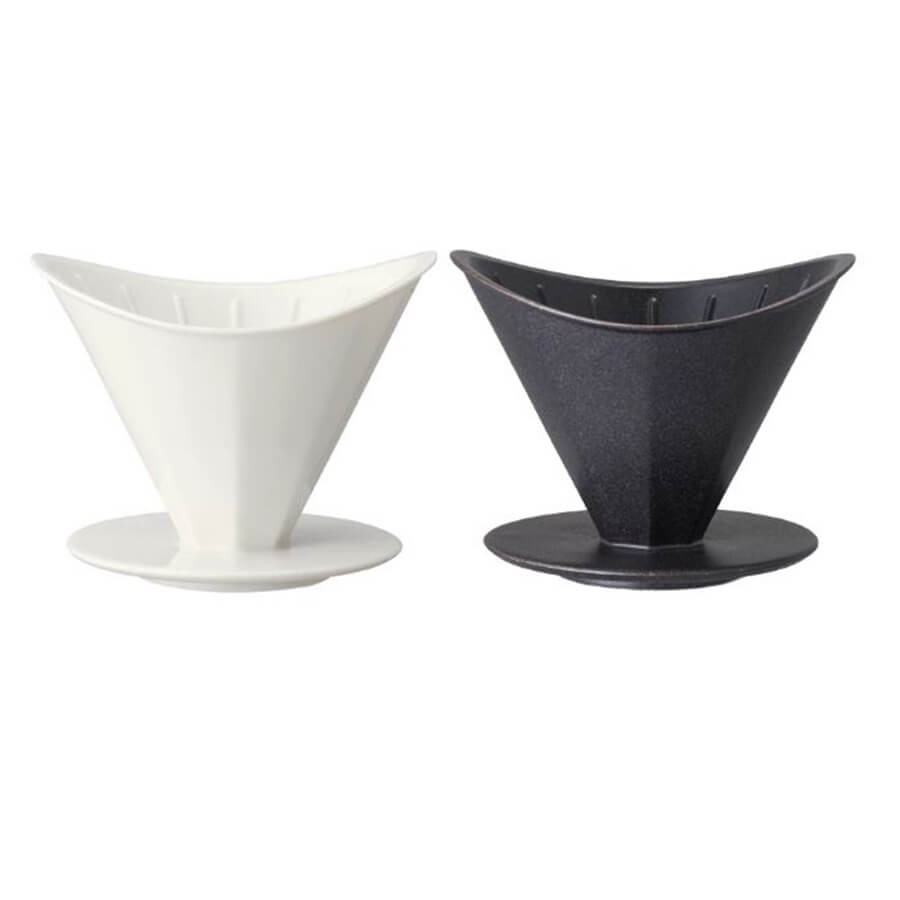

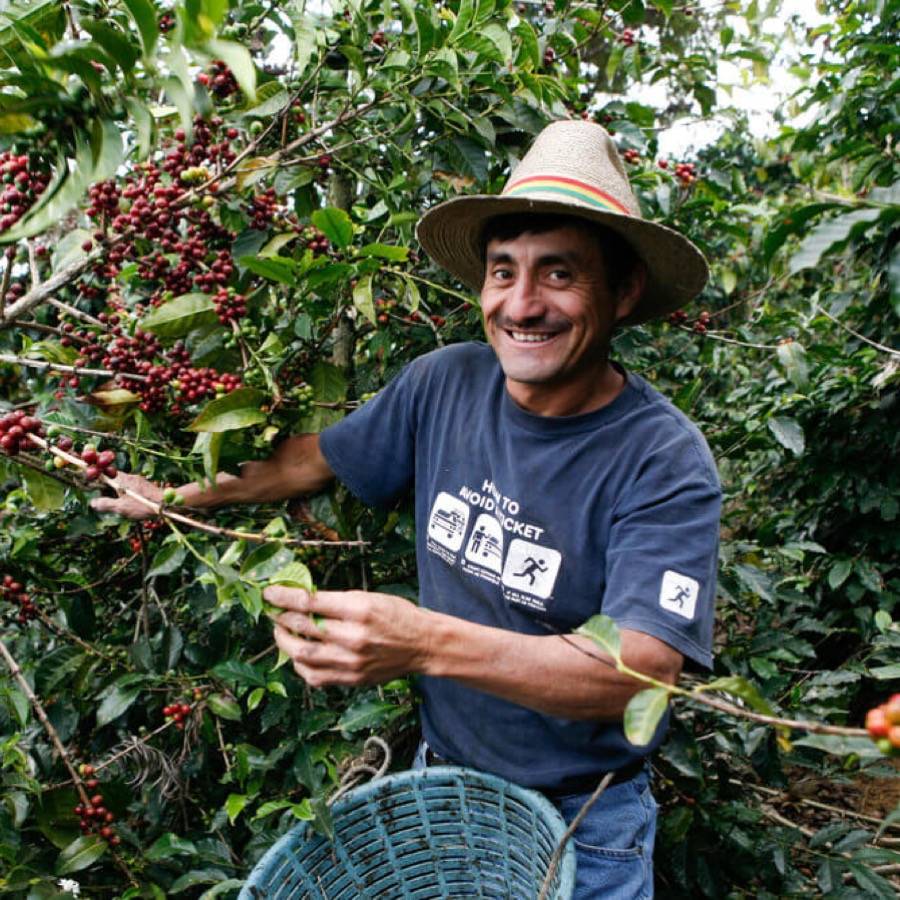

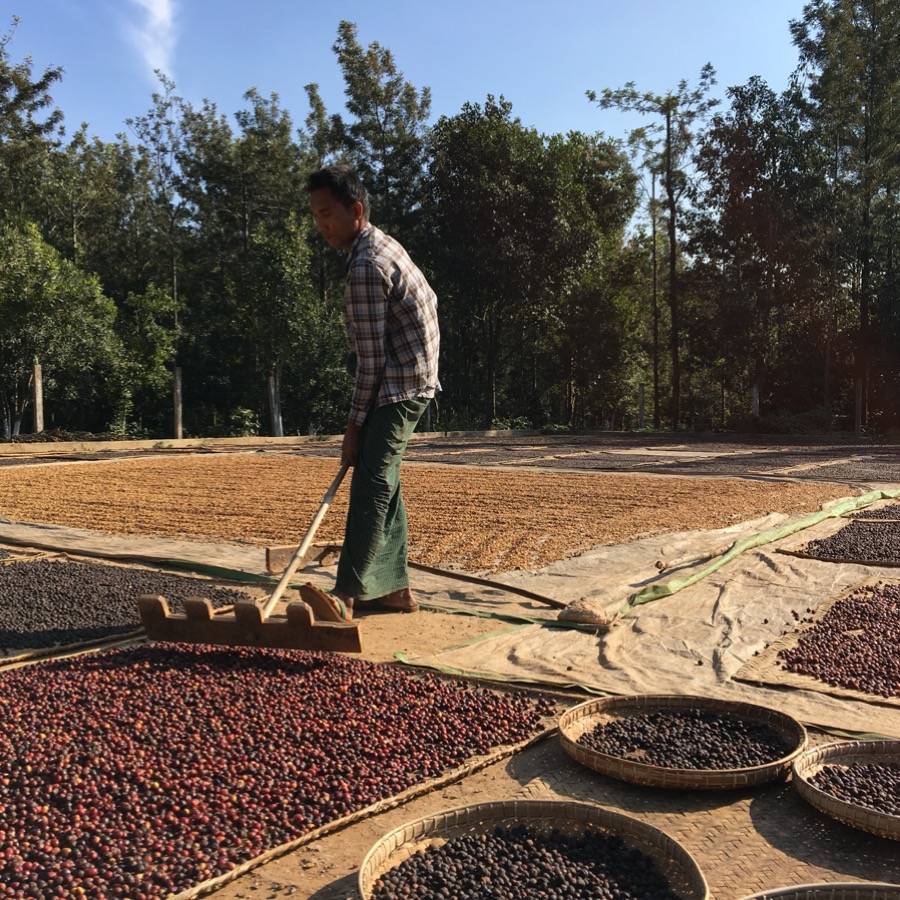
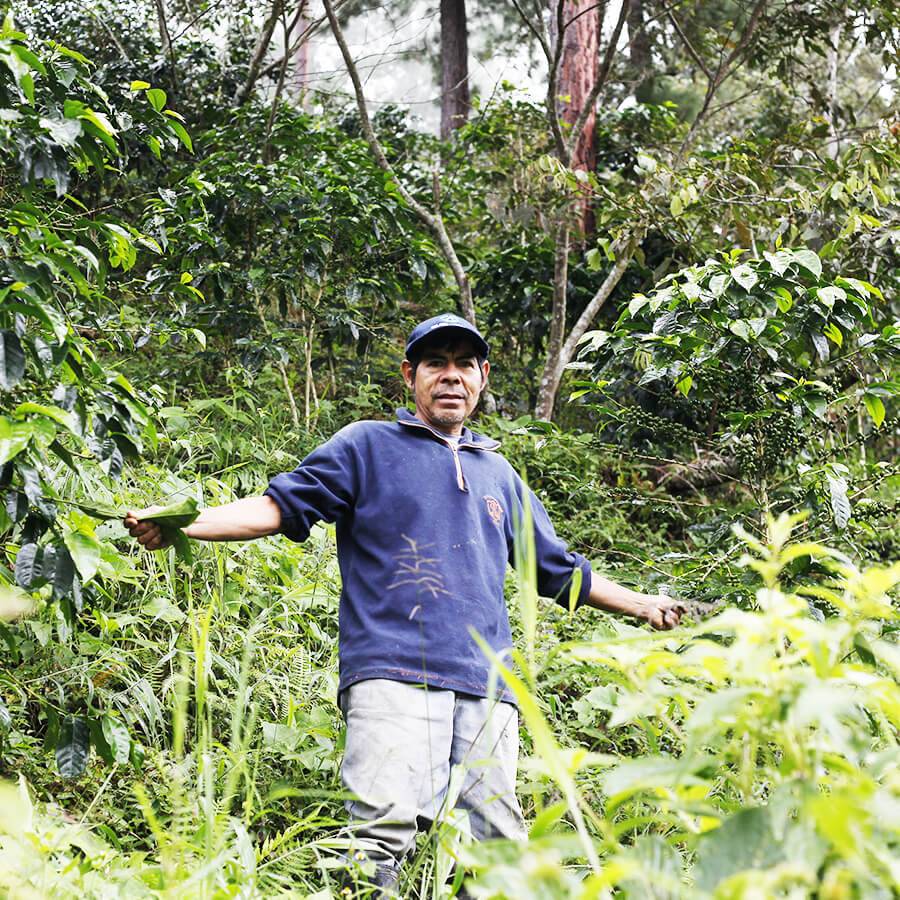

Wonderful review article. Very informative and helpful article. I want to know that what about Crema? Can you please explain that?
Thanks for sharing such an informative article.
Hopefully, waiting for your more article in the future.
Hi, thank you for your comment 🙂 Crema is the icon that distinguishes italian espresso from other coffee extractions. Is the foam on the top of the espresso cup, its thickness must be about 3 mm, equal to 10% of volume (25-30ml). You can evaluate the quality of coffee used for the espresso by checking the crema: many tips play important roles like the color (noance and intensity), the consistency (compactness and quality) and the persistence. Crema is also very important for the espresso tasting: it acts as a lid that preserve a lot of volatile aromas until tasting. So before tasting a good espresso remember to breacking the crema as well you can do with the crust in coffee cupping, in this way you will enjoy the cup with a multi sensory tasting 🙂 Have you ever tried it?